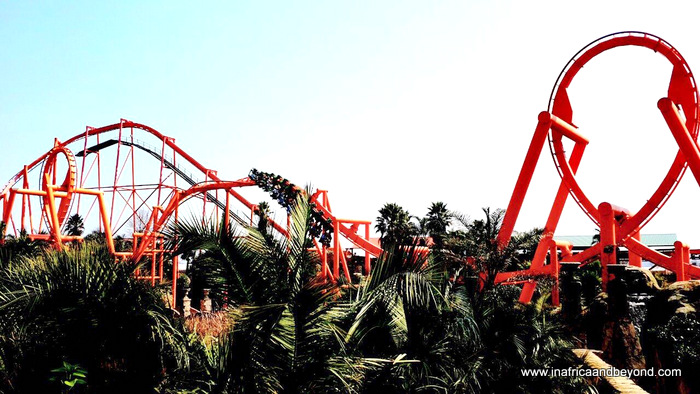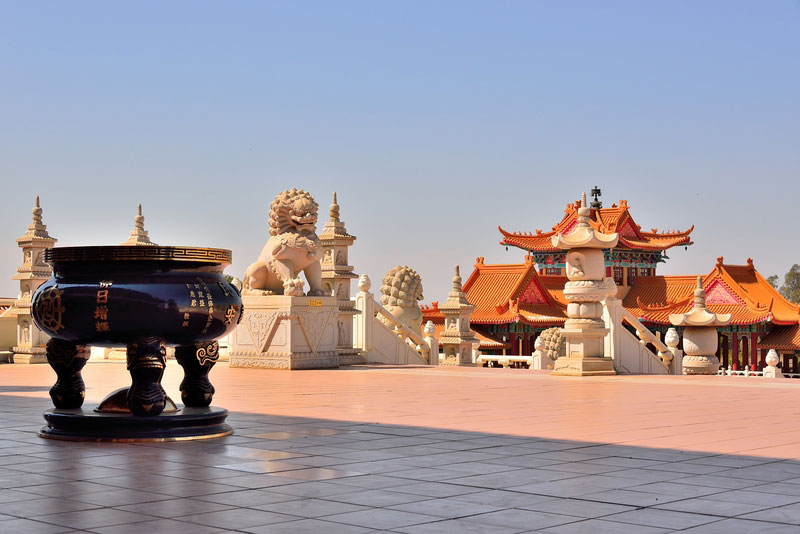The 6-Second Trick For Johannesburg North Attractions
The 6-Second Trick For Johannesburg North Attractions
Blog Article
The Buzz on Johannesburg North Attractions
Table of ContentsFascination About Johannesburg North AttractionsAn Unbiased View of Johannesburg North AttractionsUnknown Facts About Johannesburg North AttractionsAbout Johannesburg North AttractionsThe Basic Principles Of Johannesburg North Attractions Rumored Buzz on Johannesburg North Attractions10 Simple Techniques For Johannesburg North Attractions
However you need to maintain protection in mind and travelers should continue to be sharp in all times when in unknown surroundings. Speak with the residents when you remain in community to discover the area you are staying in. Johannesburg North attractions. When on the road (this doesn't relate to mall and various other safe atmospheres) best basic advice is to attempt your ideal to resemble a neighborhood and to stay clear of presenting any kind of form of wealth
The Best Strategy To Use For Johannesburg North Attractions
Teacher Revil Mason O. J. (Thomson, 1946) checked out the Witwatersrand's pre-colonial history. His archaeological work exploded the 'em pty land' misconception, according to which the area was without human habitation prior to the arrival of European settlers. In his magazines Prehistory of the Transvaal: A Record of Human Task (1962) and Origins of Black People of Johannesburg and the Southern Western Central Transvaal Advertisement 3501880 (1986 ), Teacher Mason showed the extent of social and economic advancement in the location before Europeans established foot right here.

Getting My Johannesburg North Attractions To Work
In 1878, David Wardrop found gold in quartz veins at Zwartkop, north of Krugersdorp. In 1881, Stephanus Minnaar came across gold on the farm Kromdraai, near the Cradle of Mankind.
In March 1886, an outcropping (soon to be called the Key Reef) was found, fairly luckily, on Gerhardus Oosthuizen's ranch Langlaagte. Some claim that the Lancastrian coal miner George Pedestrian discovered this reef. Another itinerant English miner, George Harrison (who had previously operated in Australian mines) acquired a prospecting licence in regard of Langlaagte in May 1886.
He chose to proceed in a mission for greener pastures, and disposed of his Langlaagte insurance claim for the princely sum of 10. Alas: underneath lay the wealthiest goldfield ever before discovered. The exploration of this abundant auriferous reef prompted a gold rush that signified the end of agrarian serenity in the southerly Transvaal.
It would, within six years, end up being the biggest community in southerly Africa. Within a decade, it would make the Z. A. R. up until then an anarchical and bankrupt little state the wealthiest nation in Africa. By the millenium, the Z. A. R. was to go beyond Russia, Australia and the United States of America to end up being the globe's leading gold manufacturer, creating more than a quarter of the world's gold.
Getting The Johannesburg North Attractions To Work
It was called Ferreira's Camp, called after description Colonel Ignatius Ferreira. He was a Boer adventurer upon whom the British authorities had bestowed the status of Buddy of one of the most Distinguished Order of St Michael and St George (entitling him to the post-nominal letters C. M. G.) in gratitude for his function in the war that had actually deposed the Pedi king Sekhukhune in 1879.
Two other camps were developed: Meyer's Camp on the ranch Doornfontein, and Paarl Camp. The latter was nicknamed Afrikander Camp; several people from the Cape Nest worked out there.

The 6-Minute Rule for Johannesburg North Attractions
This name acquired currency by word of mouth, such that the State Secretary affirmed the name to the Mining Commissioner on 9 October 1886. Stands in the town were auctioned on 8 December 1886. While some stands were cost 10, others were torn down for just sixpence.
Two years later on, these erven were to transform hands for as much as 750 each. The tented camps decreased as a dorp of corrugated iron buildings developed and expanded north of the mines situated along the check it out Key Reef Roadway. Locations such as Jeppe's Town (where working-class immigrants erected their residences) and Doornfontein (where the upscale new 'Randlords' began to build their luxurious residences) were quickly included in the ever-expanding map of the town.
The 9-Minute Rule for Johannesburg North Attractions
Besides the road names, there were no indications of Johannesburg being positioned in a Dutch-speaking nation. Years later on, C. W. Kearns O. J. (among the first children enlisted at St John's University in 1898) would certainly recall: 'A weird truth about Johannesburg was that, although it was in the [Boer Republic], nearly everybody talked English and also the Federal government slaves attended to one in English, unless they were first attended to in the Taal (or Reduced Dutch)'.
Britain had a rate of interest in ensuring optimal problems for gold manufacturing on the Witwatersrand, and that the gold was exported to London instead than Berlin a critical rendered all the much more clamant by the Z. A. R.'s enhancing toenadering with Germany. Mine proprietors were on a clash with Head of state Kruger, whose policy of monopolistic giving ins (often granted to his cronies) stopped mining companies from obtaining materials of products (specifically dynamite) and labour by themselves, cheaper terms
Johannesburg North Attractions Fundamentals Explained
In 1890, the Volksraad had actually restricted the franchise to white men that had stayed in the Z. A. R. for fourteen years or longer, helpful hints therefore disqualifying the majority of the immigrants (that happened to be the major contributors to the fiscus). Frustration for the ballot was a simple pretext for promoting a various schedule; many uitlanders concerned themselves as temporary visitors and had no purpose of staying in the Z.
Report this page